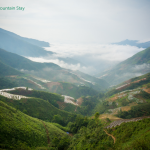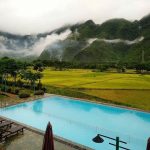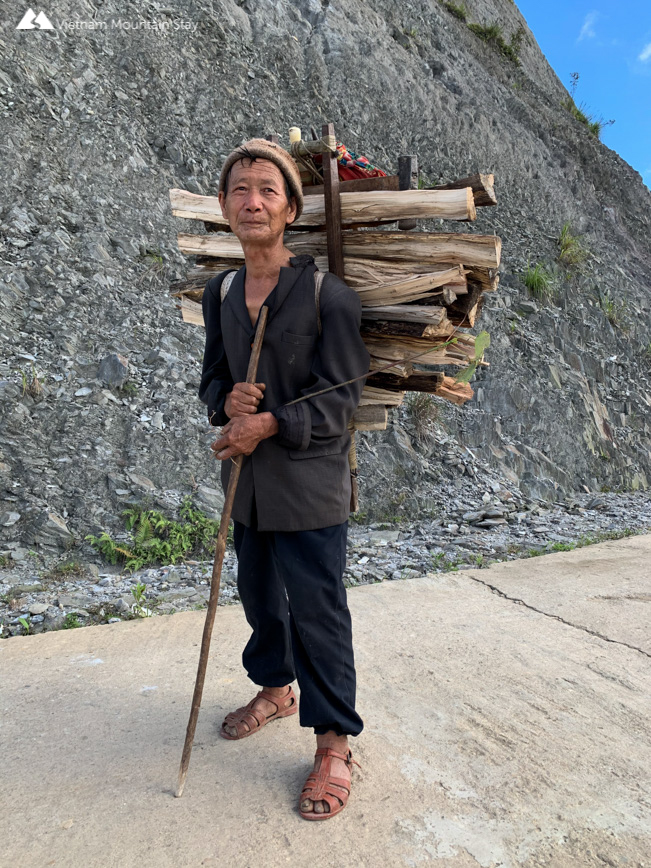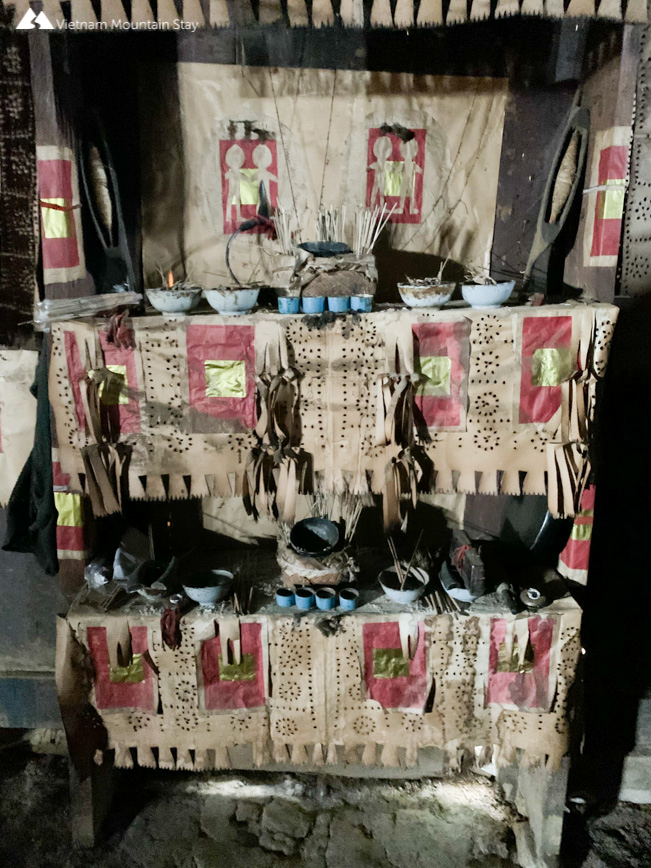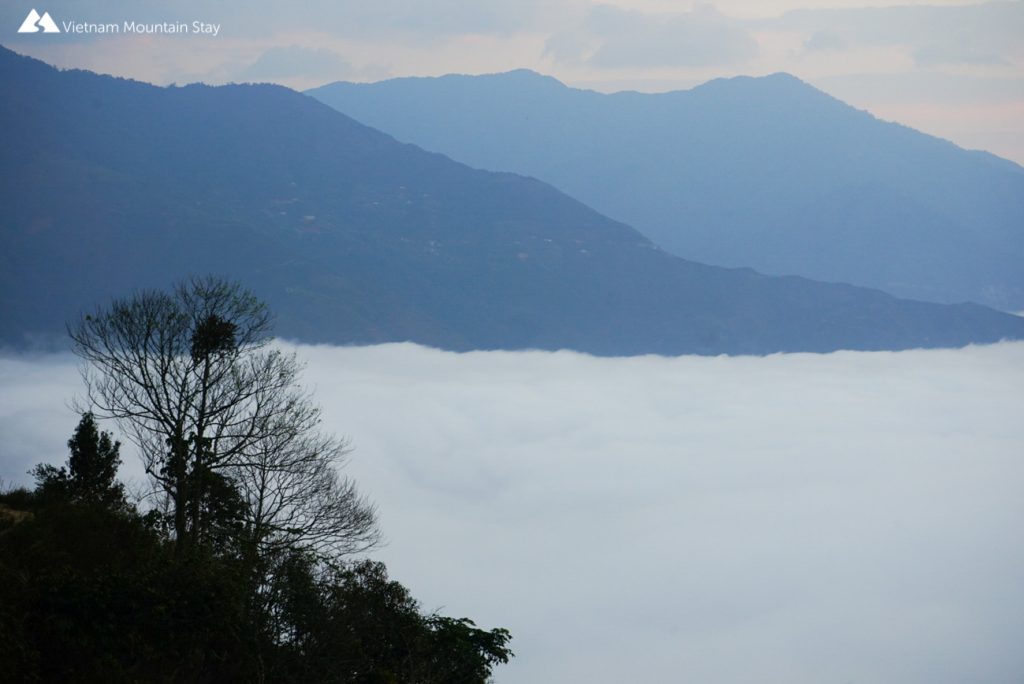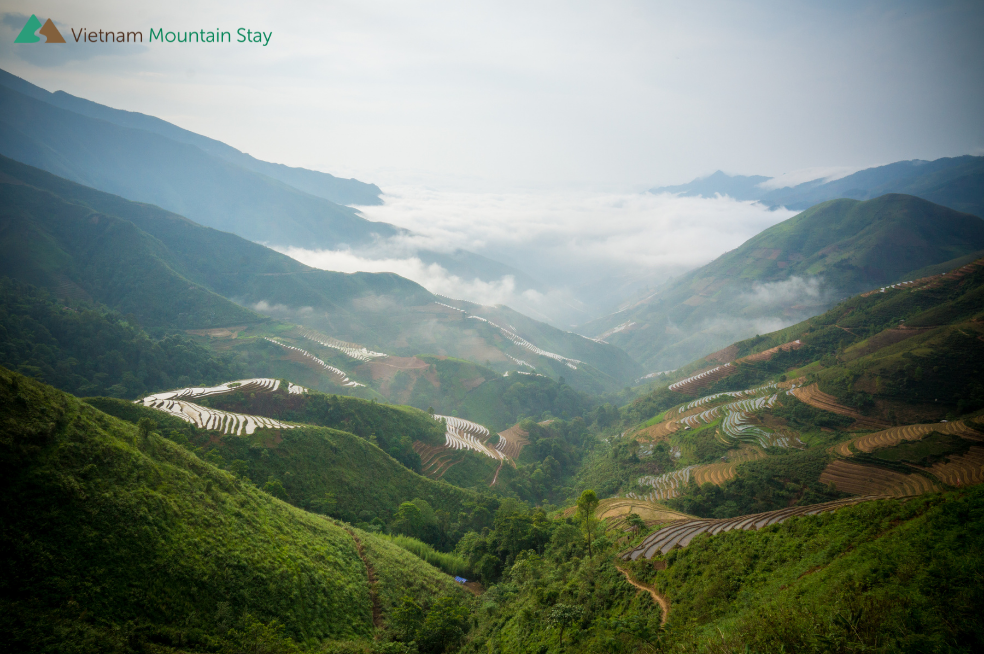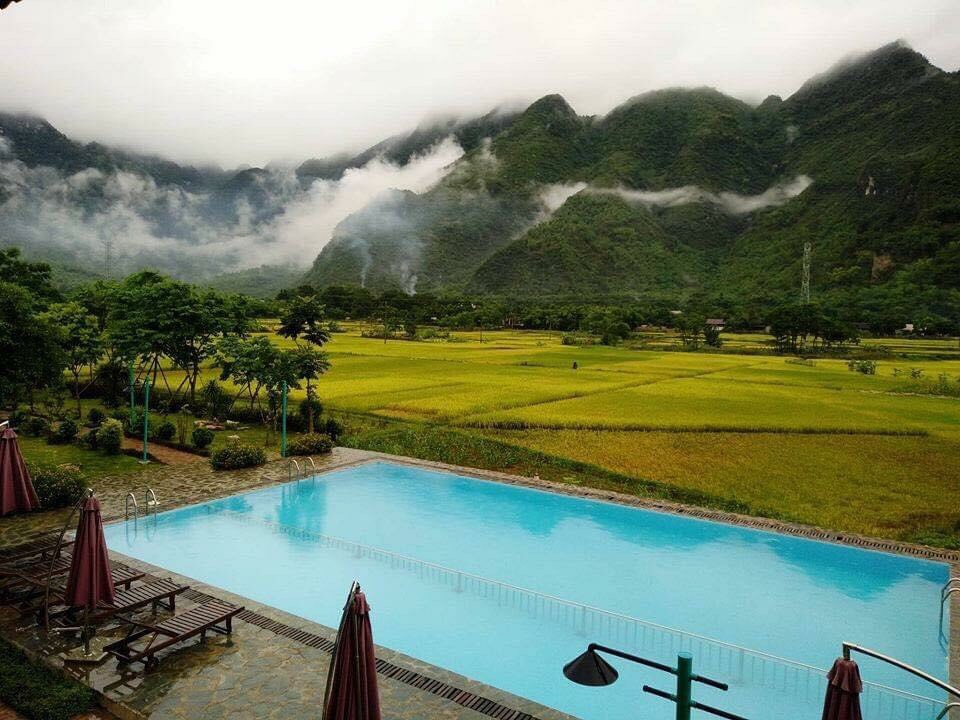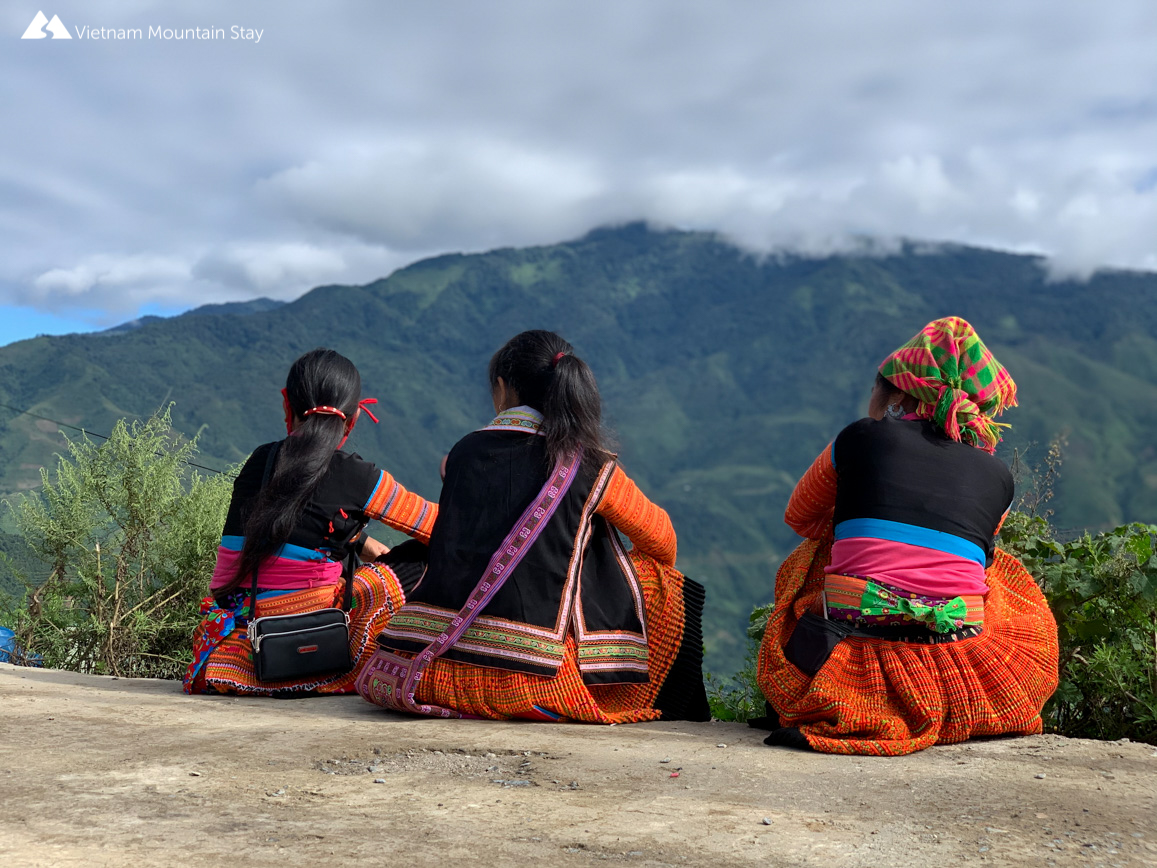
H’mong people in Ta Xua: what do they do for their living?
North Vietnam’s breathtaking landscape and exotic culture have been an endless muse for world explorers. Due to their distant geography, the ethnic minorities in Vietnam’s north mountains have a rustic lifestyle with little interference from modern technology. They still live in wooden houses, wear unique colorful customs. Thus, you may wonder what they do for their living? Is there much difference between us? This article will give insights into how H’mong people in Ta Xua – one of the most common ethnic groups in Vietnam’s far north – manage to make ends meets from generation to generation.
A brief fact of Ta Xua
Ta Xua is the northwestern-most mountain commune of Bac Yen district, Son La province. With a distance of 200 km from Hanoi, the mountainous charm shares its border with Yen Bai province.
With a height of 1500 – 2000m above sea level, Ta Xua’s yearly average temperature falls between 10-16 °C (50 – 61 °F). The hottest months will be Jun, July, and August with an average of 23-27 °C (73 – 81 °F). While the coldest months are Dec and Jan with an average temperature of 4-8 °C (39-46 °F). On the coldest days, Ta Xua’s temperature can get below zero and almost everything is in frost. In the rainy days of May and June, the average rainfall can be from 1.350mm to 1.500 mm.
The high mountain climate is distinctive weather for the H’mong communities. Thus, Ta Xua has long been home to many generations of H’mong people. With just more than 3000 people living in the area of 45km2, villages are scattered and separated in different corners. While plenty of lands is used for cultivation and rice planting.
What the H’mong people in Ta Xua do for their a living?
The below is what most families in Ta Xua do for their day job
Tea planting
Inherit the good moisture and moderate temperature from its climate, many families in Ta Xua plant the tea. The H’mong found that without paying much attention, they can still pick up tea leaves 4 years after planting. Generally, they will also dry the tea to sell at higher price. If the family is not having enough labor force to produce the dried product, they can sell the tea leaves to wholesale buyers who are just within a phone call. The H’mong people in Mong Vang village & Be village are proud of their old tea plantations dating back 100 years ago. Those old tea trees are quite high. Besides making a good shadow, it’s well-loved by tea experts. For that reason, it’s pretty expensive.
Tea leaves drying
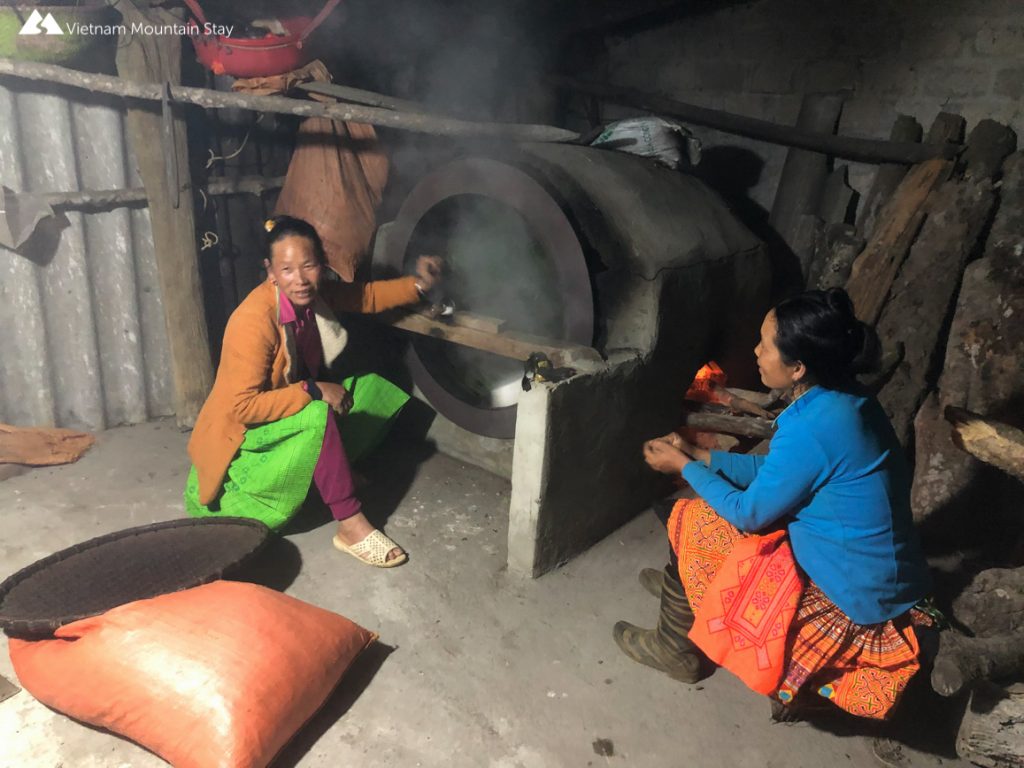
As long as they can, people in Ta Xua will dry the tea by themselves and then sell it. The price is about 6 times higher than selling fresh tea leaves to wholesale buyers. This work requires some financial investment, let alone the family should have enough labor force to work on it. The investment is on building a brick furnace and a big iron, circle-shaped drier to dry the tea. Each time, after picking up the tea from the plantation, the process to dry the tea is 3-4 hours. And they do it attentively as they don’t want the tea to be burned or over- dried. No one will buy the burned tea.
Terrace rice planting
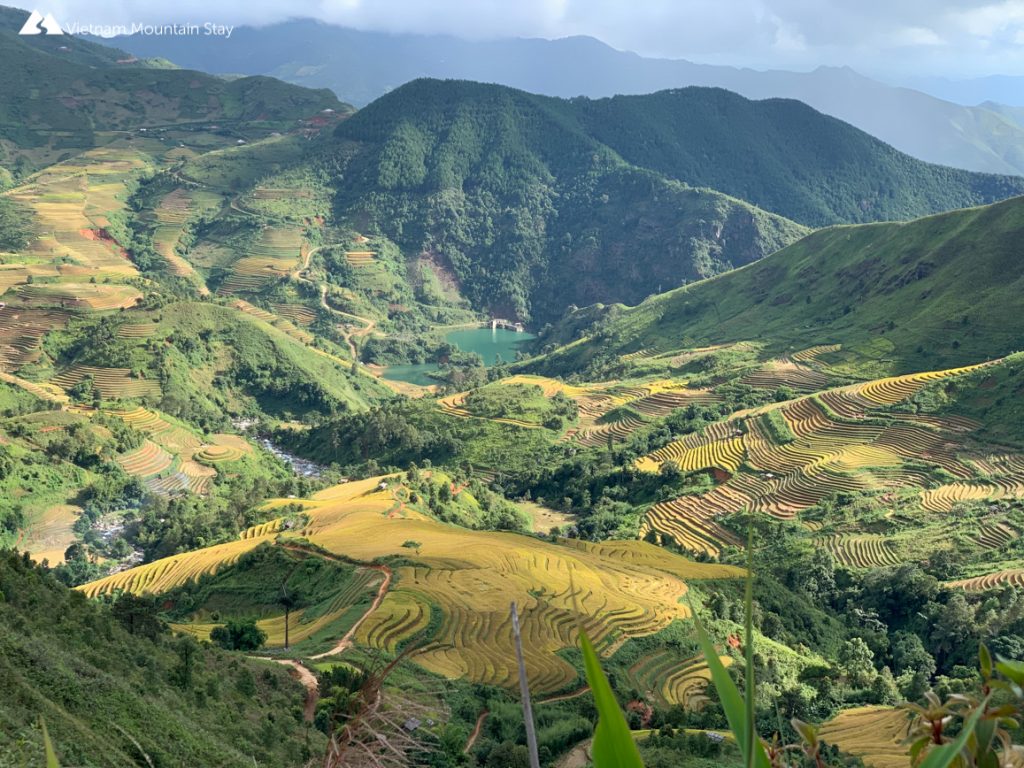
Rices are the main source of food in Ta Xua
Rice is the most essential food for Vietnamese people. And it’s no exception for the H’mong in Ta Xua. Due to high topography, the locals can only access the rice crop once a year from late May to late September. As rice is the basic and the main food. Thus, most H’mong people, at least once in their life, had to work on the terraced fields. They must either plow, plant, or harvest with the family. “The house doesn’t need to eat to survive but you have to eat the rice to survive on earth.” – The H’mong seniors always joke that when the young are lazy working on the field.
Besides the main rice crop, the locals do grow corn, cassava, apple, and peach, partly for use. If they have more than needed, they will sell them to the market.
Buffalo feeding
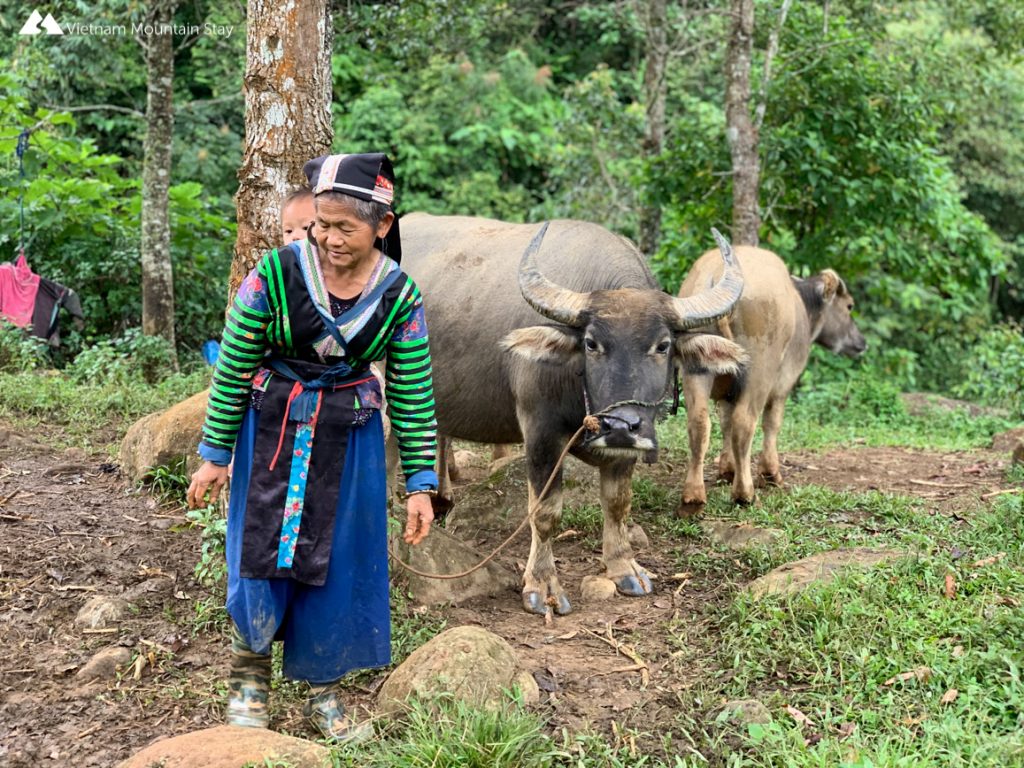
Taking full use of the big pastures on the mountain’s slope, H’mong people in Ta Xua raise the buffalo. It helps earn a good income to local H’mong as they can sell it to those needing more farming buffalos. Besides, buffalo meat is also a must-have for all kinds of ceremonies in the community from festive days, weddings to new house celebration, funeral, etc. Unlike in the delta where raising a buffalo is easy, the cold climate makes it harder for raising healthy buffaloes. Thus, the meat price is expensive. A big and strong one can cost US$.1800, absolutely not a joke.
Poultries and husbandry
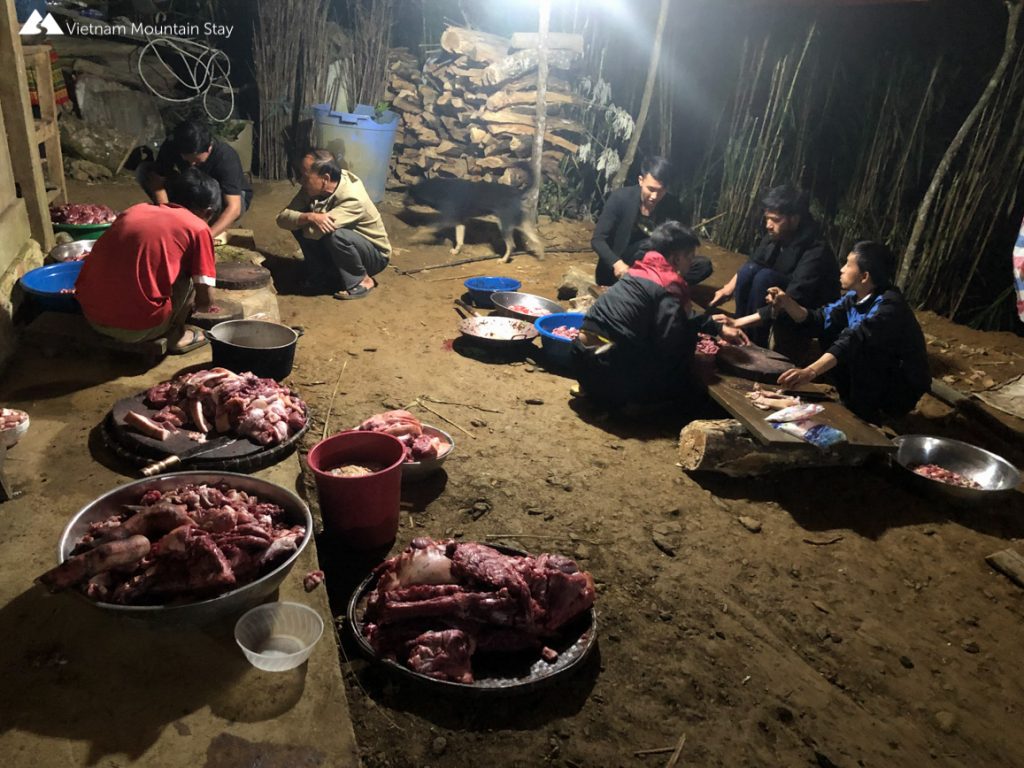
Like most areas in the Northwest mountain of Vietnam, H’mong people in Ta Xua also raise pigs, chickens and ducks. It’s the same thinking as when they raise the buffalos. When there is a demand in the community, they can sell it and make some income. Sometimes, when the family has their own celebration, depending on the size of the party, the father will decide how many chickens & pigs are needed. Though raising these animals, it doesn’t mean the H’mong people in Ta Xua can have meat in their daily meals. A week staying here had shown me that their living standard is not adequate in term of nutrition. As they just have meat maybe once or twice a week. Instead, their daily meals include rice, salted bamboo shoots, boiled vegetables, pickles, and a few cuts of dried fish.
Other miscellaneous jobs H’mong people in Ta Xua do to make ends meet
It’s not really a day job but a small number of H’mong men in Ta Xua work as the shaman. Believing in animism, H’mong people always hire the shaman to come and pray for whatever incident happens, good or bad. For example, when a new baby is born, a family member gets sick, crops fail or build a new house, etc… people would ask the shaman to come and do the praying work.
Finding and picking dried woods in the jungles can also support income as quite lots of families are still using wood stoves. Especially since they need to fuel a hundred tea drier furnaces working days and nights.
The journey of H’mong people in Ta Xua in the travel industry
In recent years, when tourists start traveling to Ta Xua, a small number of H’mong young men and women start seeking their job in the travel industry. Some run hotels, homestays, restaurants, or brocade workshops that serve the market’s demand.
Opened for travelers since 2006, Ta Xua has gradually been pinning its name on the map of Vietnam travel. Rich culture of the H’mong people, stunning landscapes, sea of clouds at dusk & dawn, traditional H’mong villages with old wooden houses, and friendly locals are among the few highlights. We have put our effort into our complete guide to Ta Xua sights to give you a way to all beautiful places. Besides, I would also like to share a picture of what H’mong people in Ta Xua do for their daily life. So that we all have proper interaction & observation with the locals. This helps us understand their life better and to help to sustain the travel industry in this beautiful Ta Xua.
Post a Comment
You must be logged in to post a comment.

